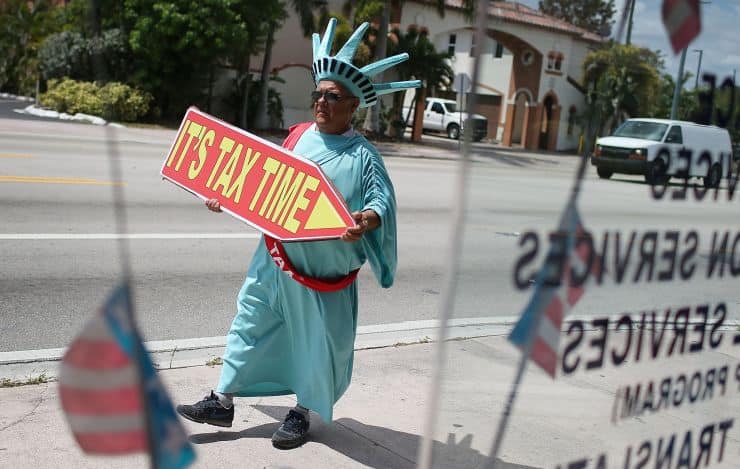
Despite the current economic conditions and the highest inflation rate in almost four decades, the credit card industry continues to thrive.
The number of credit cards in circulation continues to grow. Between 2014 and 2023, issuance of cards grew by 42.7%. The number of cards a household uses has also increased. In 2004, an average household had approximately 1.5 to two cards. Today, a household has three or four.
Where the U.S. Credit Card Market Stands
Demand for credit cards continues to rise, with the top card issuers—which make up 90% of the market—passing the stress test enforced by Dodd-Frank. In a recent report The State of the U.S. Credit Card Industry, Brian Riley, Director of Credit and Co-Head of Payments at Javelin Strategy & Research, outlines just how robust the credit card market is.
Yet he also points out critical markers that the industry must be aware of. One of the most important takeaways is that the industry must be sensitive to the economy, given that the credit card business is directly tied to consumers’ income.
“Right now, unemployment is low, but you have the issue of inflation being very high, and that’s something that everybody feels pain at no matter where you stand on the economic food chain,” Riley said.
Millennials Will Feel the Economic Pinch
The credit card industry is extremely sound and ready for continued growth, according to Riley. However, there are ramifications from the Card Act of 2009 that may have an impact on the younger Millennial segments and card issuers.
That regulation states that consumers must be at least 21 years old to open a credit card on their own, and unsolicited credit card offers to this segment are also banned. Thus, credit card issuers can lose out on targeting a significant and up-and-coming market share.
Millennials also must contend with paying back their student loans. Many college students are graduating without credit cards or established credit, and their budgets are already going to be tight due to student loan debt, making them less inclined to open a credit card or simply spend less on their credit cards and focus on paying back their loans. This can pose a potential problem for credit card issuers.
“That’s the feeder group for the future growth and payments. So they started out with something against them,” Riley said.
“In the beginning, the Card Act of 2009 decreased credit card marketing to students.”
“So you have that first issue out there, and many people came out of school without a credit card in hand. And as they’re getting established, they now have the double whammy of paying these large student loans.”
How the Economy Affects Credit Card Issuers
Credit card spending has changed amid the pandemic, and this has had an impact on revenue for credit card issuers. Luckily, the account reserve requirements enacted by Dodd-Frank supplied banks and other financial players with a significant cushion to weather the post-pandemic economic impact. Thanks to this, Riley pointed out, revenue was kept consistent.
On the downside, some players have lowered credit quality to book accounts quickly and easily—and this is something to watch out for.
“If you start looking at FICO scores under 660 is an example, those accounts are typically the most vulnerable,” Riley said. “More accounts are issued into that group, so you really need to keep a watchful eye on what will happen as the economy starts to turn.”
What to Expect Next
Although consumers are increasingly dependent on using their credit cards to counteract the effects of inflation, credit card issuers should not bank on this as a long-term strategy. As revolving credit card balances continue to rise, increased debt will eventually become unmanageable by consumers and could lead to charge-offs, negatively affecting issuers’ bottom line.
It’s best to proceed cautiously when it comes to issuing credit cards to some vulnerable segments of the population, particularly those with lower credit scores. This will ensure that risk is minimized and allow those consumers to build back their finances.
























